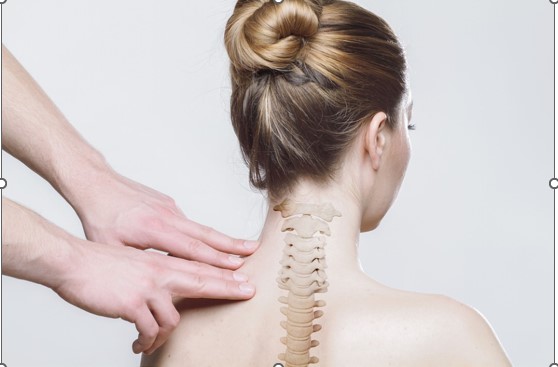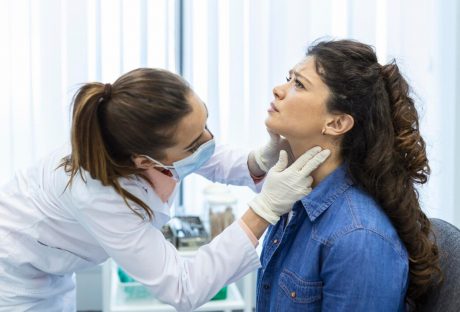Swimming is one of the most popular fitness activities, which is especially pleasant during warm days. You can swim in the lake, sea, river, ocean and a swimming pool. Unfortunately, natural water reservoirs are not available for the whole year in each country, but a swimming pool exists almost in all cities and towns. In this article, we will review the benefits of swimming fitness and the benefits of health exercises in a swimming pool.
We consider a swimming pool a good place for swimming, as you can work out there a whole year around, and the stability of fitness exercises is the main benefit of a swimming pool.
8 Health Benefits Of Swimming
This article summarizes all information for average men or women without significant health disorders. In case of any, please visit your doctor before buying a ticket to a swimming pool.
Below are the main benefits, but you can always find your reasons to exercise in cold water regularly.
- Possibility to exercise for all ages, gender, and physical abilities. There are no limitations for age or gender; everybody is welcome in the swimming pool. Even pregnant women can go for a swim; in the last trimester, swimming is recommended for moving a baby into the correct labor position. Also, swimming, and any other physical activity, help to maintain a constant weight. For people with physical disabilities, water gives them an opportunity to move freely without a wheelchair or crutches.
- Possibility to choose the exercise intensity. You can swim like a professional swimmer or slowly move your arms and legs. All activities in water help burn calories and engage all muscles to work. You can burn twice the amount of calories in one hour compared to walking at a moderate speed. This type of exercise is low-impact cardio; you can burn all calories and fat without significant heart load. The blood moves more efficiently, which means you also improve your heart muscles.
- Recommended for spine problems. Swimming exercises are the best healing method for many patients with back pain. Water supports all joints and the spine, relieving the pain; you can create new muscles to help you forget about spine pains. Surprisingly, you strengthen all muscles during swimming. Swimming is recommended for people with scoliosis as with the correct technique, your body stretches and obtains the correct and healthy position, creating new muscles.
- Healing of mental diseases increases Physical activities give endorphins which are happy hormones for our brain. Water, in addition to childhood for most people, is associated with fun and amusement. During swimming, you can also think calmly about all problems without interruptions. That is why you will be in an excellent mood after good swimming exercises.
- Improve body temperature regulations. The pool temperature is in the range of 78-82 F. There is a good way to fortify your body in winter in a swimming pool or in summer outdoors- your body adapts to the temperature below standard human temperature.
- Recommended for spine problems. Swimming exercises are the best healing method for many patients with back pain. Water supports all joints and the spine, relieving the pain; you can create new muscles to help you forget about spine pains. Surprisingly, you strengthen all muscles during swimming. Swimming is one of the beneficial exercises for scoliosis, as with the correct technique, your body stretches and obtains the correct and healthy position, creating new muscles.
- Strengthen the lungs. During swimming, you need to breathe rhythmically, making periodic arm and leg movements. Swimming trains the lungs as any other muscle. The warm and humid conditions are ideal for training people with asthma and other pulmonary diseases. The pool significantly increases their quality of life.
- Improve sleep habits. All exercise routines help to restart your internal clock and make it closer to your natural circadian rhythm. Swimming is an aerobic activity that helps to go to nap easier and sleep more deeply.
In fact, there are endless benefits of swimming, but you already may understand that this activity is perfect for improving your health and mood. Unfortunately, natural reservoirs are not always available, so we recommend reading about the benefits of swimming pools.
5 Benefits Of Swimming Pools
These benefits are related to commercial and residential pools. The only difference, residential pools should be cleaned by their owner (probably you); it may become additional exercise or pain. Unfortunately, for active swimming, the round residential pools are not suitable; it is recommended to have rectangular ones at least 15 m long. But you can give a good habit of swimming for kids, in this regard read bestway pool reviews. Almost all commercial pools are 25 m long and perfect for exercise.
Anyway, the benefits are:
- Constant water and air temperature (for indoor pools) throughout the whole year.
- Clearwater without bacteria, algae, and other microorganisms. With proper cleaning and sanitation, the pool’s pH balance is safe for the human body. Also, the water is constantly filtered, and dangerous substances are accumulated in rivers or lakes.
- Safe swimming. The water in the pool is transparent and shallow; you immediately see all problems that happen with swimmers. Also, there are no streams that may be dangerous for kids, and people can’t swim well.
- Possibility to swim near the house. You can find the commercial pool nearby or buy your own.
- Easier ways to protect from unauthorized access without adults or professional supervision.
We won’t say you should always choose pools, even in summer. But we just wanted to state that pools are for safe exercise, while rivers and lakes are for amusement and fun in summer only.
Conclusion
Swimming is a perfect exercise for people of all ages and physical conditions. Swimming pools allow regular exercise in a clean and safe environment all year around. No matter how you swim, freestyle, or butterfly, you will improve your health, build new muscles, and improve your lungs and heart. Also, you can improve coordination between various body parts and lose weight. Unfortunately, swimming is a demanding sport as you use your whole body to swim. Still, with hard work and regular training sessions, you can learn techniques of each swimming style and participate in competitions!
Read Also:























